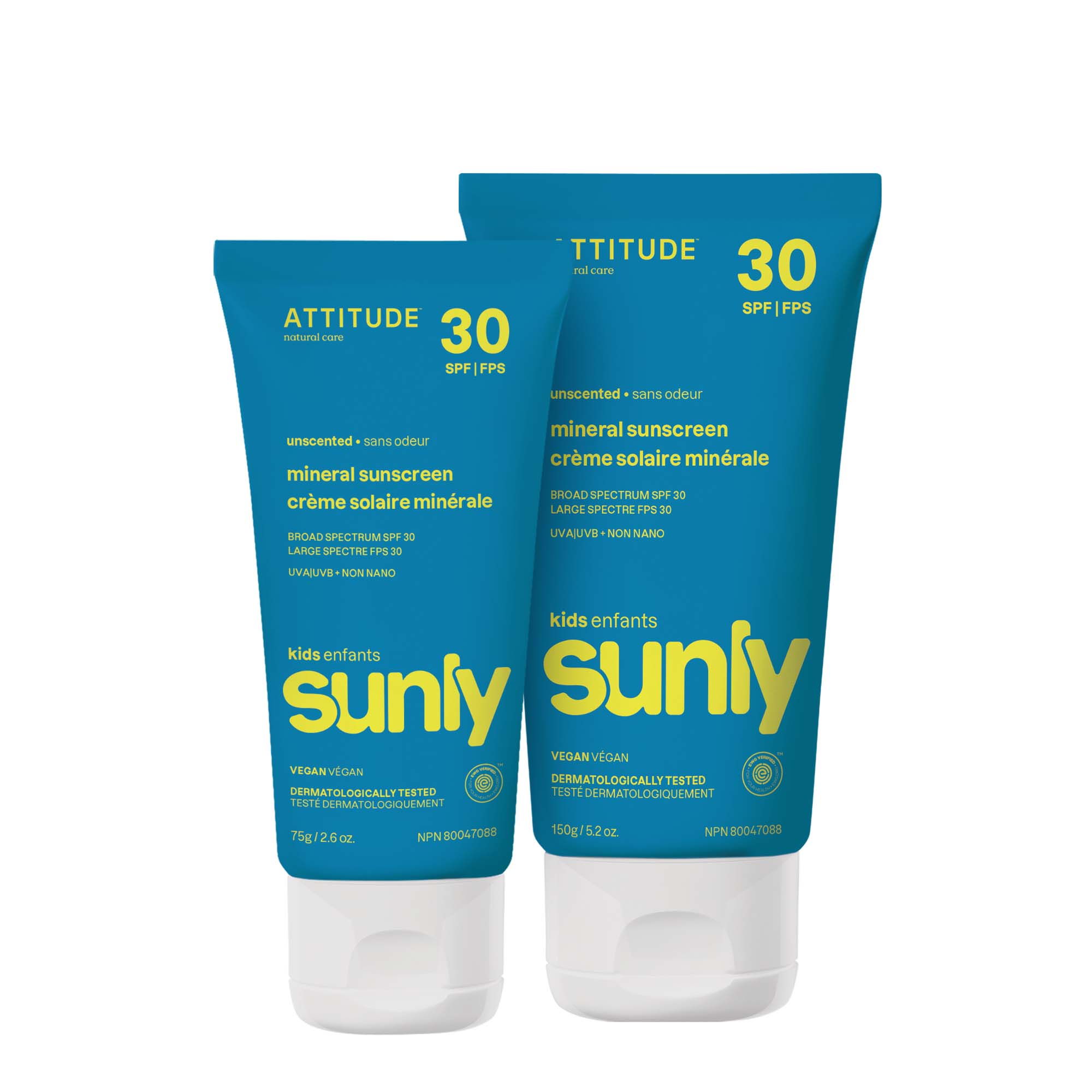Baby & Kids Suncreen
Find the perfect sunscreen for kids, EWG Verified® and made from natural origin ingredients. Our selection of lightweight, non-greasy, and easy-to-apply mineral sunscreens is perfect for fun-filled family time in the sun.
Loading...






